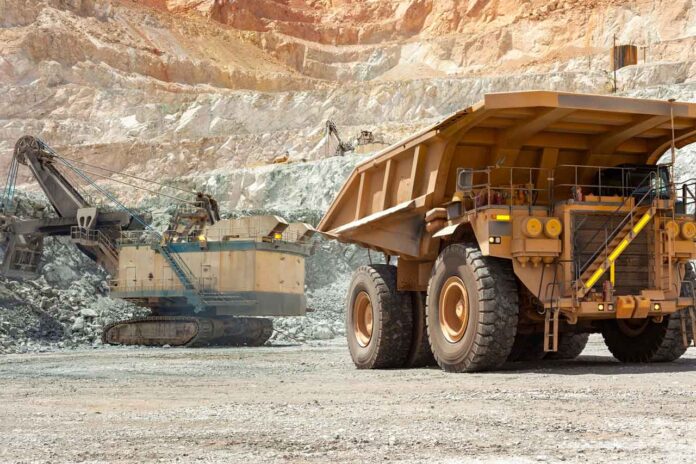The demand for copper is on a bullish trend thanks to global electrification efforts and other macro events. Current estimates suggest that the annual copper demand will increase to 36.6 million tonnes by 2031, up from today’s 25 million tonnes. However, projected supplies are failing to keep pace, with a predicted output of just 30.1 million tonnes, creating a significant gap. To fill that gap, analysts are paying attention to the mining industry and whether exploration efforts can help discover new deposits to rapidly scale up production.
Some companies, like Solaris Resources (TSX: SLS, NYSE: SLSR), a copper mining company with its flagship Warintza Project in Ecuador, are being watched closely for every development, as they have the potential for acquisition from a major mining company that could bring this world class asset to development within a near-term timeline. To help achieve that goal and continue its drill program, the company recently announced a private placement of approximately US$100 million with Zijin Mining Group aimed at expanding its exploration activities and fast-tracking the project. The company recently listed its common shares and commenced trading on the NYSE American, a move that will enhance its visibility and access to further investment. Investors are anticipating the company’s updated mineral resource estimate which is due by the end of June and expected to grow the already large 1.5Bt mineral resource and further add to the robust nature of the Warintza Project.
Impact of Green Energy on Copper Consumption
While exploration is one path forward to addressing the imbalance, what is causing it in the first place? The shift towards net-zero emissions is impacting copper usage. Analysts project that the demand from green energy sectors alone will rise to 17% of total copper consumption by 2030, up from 4% in 2020. This shift is crucial as it underscores the increased reliance on copper to achieve energy transition goals.
Forecasts suggest a nearly double increase in global copper demand, reaching 50 million tonnes by 2035. However, the expected mining output is only projected to reach about 31 million tonnes if it grows at the current rate of 2.69% annually. This discrepancy points to a potentially substantial supply shortage.
Challenges in Current Copper Production
Several factors contribute to the looming copper shortage. Political instability, especially in key copper-producing countries like Peru, has severely disrupted supply chains. Additionally, operational challenges and environmental restrictions, particularly in Chile, the world’s leading copper producer, further complicate the production landscape.
In response to these challenges, major mining companies are trying to diversify their sources and secure copper from more stable regions. This strategy includes significant acquisitions and mergers aimed at boosting copper output. For example, BHP’s acquisition of OZ Minerals and Glencore’s bid for Teck Resources are moves designed to secure more stable copper supplies.
The current state of copper mining projects is concerning, with few new projects in the pipeline beyond those already nearing completion. This stagnation in new mining developments is alarming, given the growing demand and the urgent need for new supplies to meet global energy transition goals.
Economic and Investment Implications
The copper market dynamics are also influencing investment trends, with significant capital poised to fund necessary expansions in copper mining. However, the scarcity of new, viable mining projects poses a critical challenge to meeting future demand, emphasizing the need for increased investment in copper exploration and mine development.
The ability to meet the current and coming demand is critical for economic reasons and ultimately essential for achieving global climate targets. The industry will have to prioritize the development of new mining projects and enhance the efficiency of existing operations to avoid severe disruptions and take full advantage of rising pricing in the coming years.






